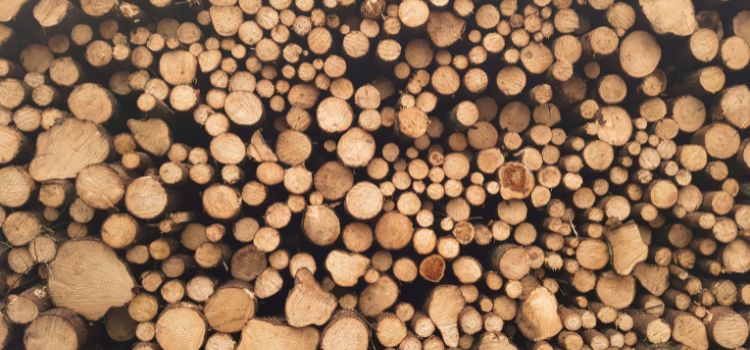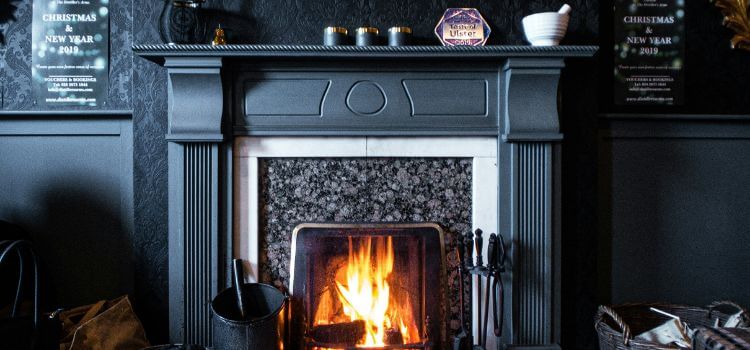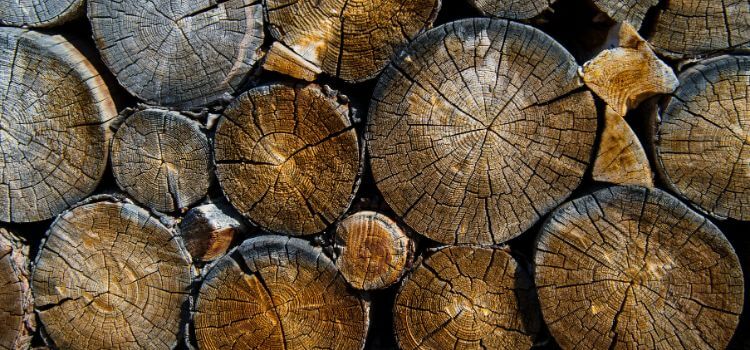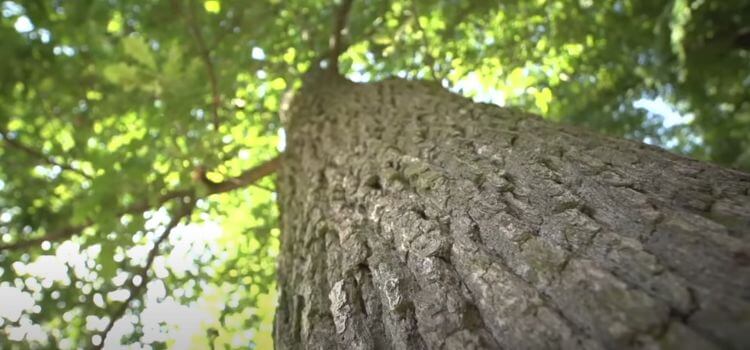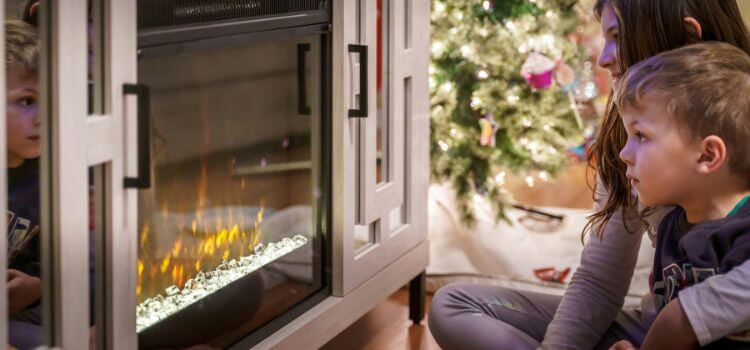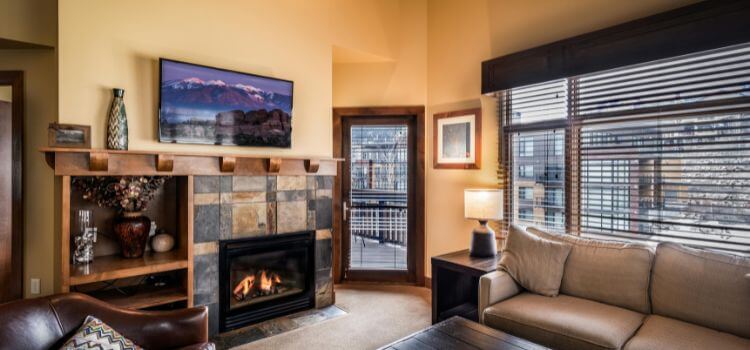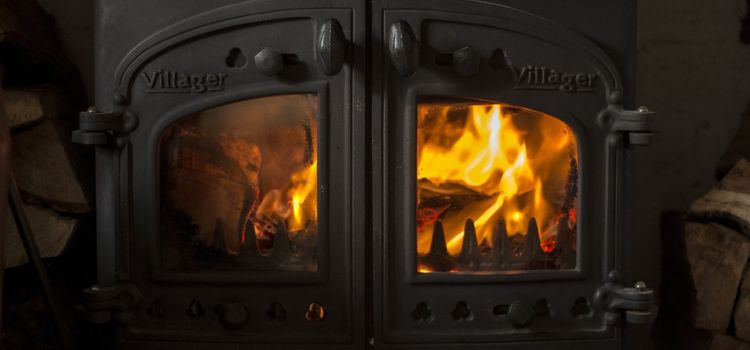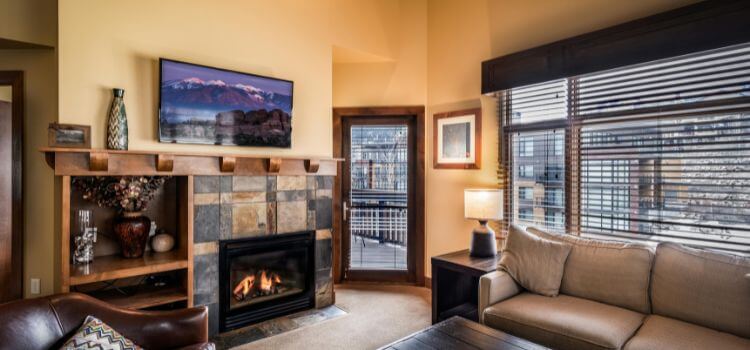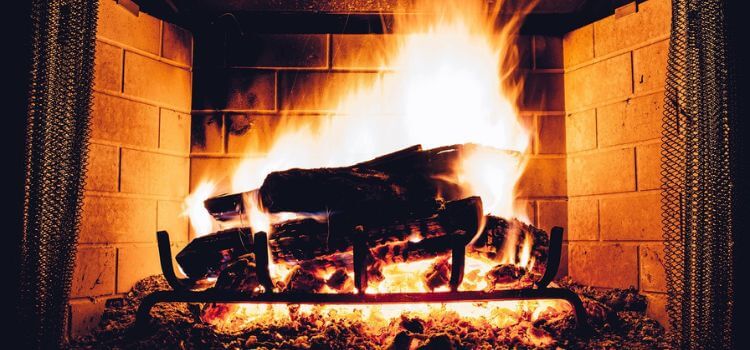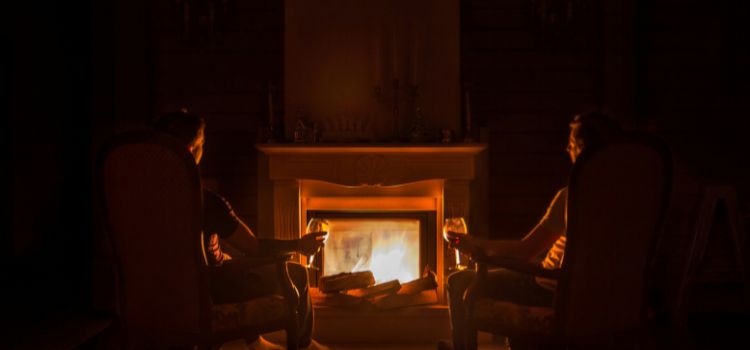
An electric fireplace insert typically costs between $200 to $1500. Electric fireplace inserts are popular for homeowners seeking an efficient and stylish heating solution.
With various designs and features available, they provide the ambiance of a traditional fireplace without the maintenance or installation costs. In addition to being cost-effective, electric fireplace inserts are simple to use and provide remote control functionality. They are also energy-efficient, offering the convenience of adjustable heat settings.
Whether you’re looking to enhance your living space or add a cozy touch to your home, an electric fireplace insert is a versatile option that combines functionality and aesthetics seamlessly.
Introduction To Electric Fireplace Inserts
Discover the cost of electric fireplace inserts, offering an efficient and stylish heating solution for your space. With various models available, prices typically range from budget-friendly to premium options, providing flexibility for different budgets and preferences. Explore the benefits of electric fireplace inserts today.
Electric fireplace inserts are quickly becoming popular among homeowners. They offer a practical and reasonably priced replacement for traditional fireplaces. Inserts for electric fireplaces are made to fit into existing fireplaces and can be easily installed. They are also energy-efficient and provide a safe and clean way to enjoy the warmth and ambiance of a fire. In this blog, we’ll talk about the rise of electric fireplaces and the benefits of choosing an electric insert.
The Rise Of Electric Fireplaces
Electric fireplaces have come a long way since they were first introduced. Today, they are a popular choice among homeowners who desire to take advantage of the coziness and warmth of a fire without the hassle of a traditional fireplace. One of the reasons electric fireplaces have become so popular is because they are easy to install and use. They don’t require a chimney or venting so they can be installed in any house. Additionally, electric fireplaces are energy-efficient, making them a cost-effective option for homeowners.
Benefits Of Choosing An Electric Insert
Choosing an electric insert for your fireplace has many benefits:
- Electric inserts are easy to install. They can be installed in just a few minutes without needing professional installation.
- Electric inserts are energy-efficient, enabling you to reduce the cost of your energy bills.
- Electric inserts are safe to use. They don’t produce harmful emissions, such as carbon monoxide, and don’t require any venting, so they don’t pose a fire risk.
- Electric inserts are low maintenance.
They don’t require any cleaning or upkeep, making them a hassle-free option for homeowners. Overall, electric fireplace inserts are an excellent choice for homeowners who can savor the ambiance and coziness of a fire without the trouble of a traditional fireplace. They are easy to install, energy-efficient, safe, and low maintenance. Suppose you’re looking for an affordable and convenient way to add warmth and ambiance to your home. In that case, an electric insert may be the perfect solution for you.
Factors Influencing The Cost Of Electric Fireplace Inserts
Electric fireplace inserts come in various price ranges, impacted by several crucial elements determining their cost. A well-informed choice can be made with the help of your understanding of these variables when purchasing an electric fireplace insert. Let’s explore the main factors determining the price of electric fireplace inserts.
Size And Heating Capacity
The size of an electric fireplace insert plays a significant role in determining its cost. Larger inserts with higher heating capacities tend to be more expensive.
Design And Aesthetics
The electric fireplace’s style and appearance insert can also impact its price. Inserts with intricate designs or premium finishes may cost more than simpler models.
Brand And Manufacturer Reputation
An electric fireplace insert’s brand and manufacturer reputation can influence its cost. Well-known companies with a solid reputation for excellence and reliability may command higher prices.
Price Range For Electric Fireplace Inserts
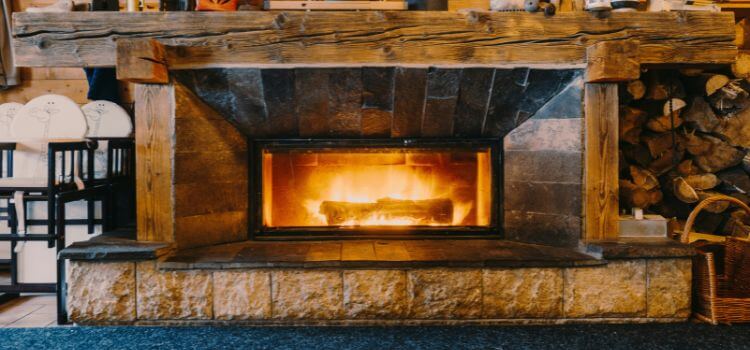
When considering purchasing an electric fireplace insert, it’s essential to understand the price range and options available. Electric fireplace inserts vary in price based on their features, design, and functionality. Here’s a breakdown of the price range for electric fireplace inserts, from entry-level options to high-end models.
Entry-level Options
Entry-level electric fireplace inserts typically range from $200 to $500. These models offer basic heating functionality and simple design options. While they may lack advanced features, they are cost-effective for those seeking a budget-friendly heating solution.
Mid-range Models
Mid-range electric fireplace inserts are priced between $500 and $1000. Frequently, these versions come with extra features like adjustable flame effects, remote control operation, and customizable heating settings. They balance affordability and enhanced functionality, making them a popular choice for many homeowners.
High-end Electric Inserts
For those seeking premium features and luxurious design, high-end electric fireplace inserts can range from $1000 to $3000 or more. These models often boast advanced technology, realistic flame effects, multiple heat settings, and high-quality construction materials. While they come with a higher price tag, they provide the ultimate style and performance for discerning homeowners.
Installation Costs To Consider
When considering acquiring an electric fireplace insert, factoring in the installation costs is essential. The installation procedure may substantially influence the overall expense, so it’s crucial to understand the various elements involved.
Diy Vs. Professional Installation
Deciding between DIY installation and hiring a professional can substantially impact the overall cost. While a DIY approach may appear economical, it’s essential to consider the possible hazards and complexity involved.
Additional Materials Required
Aside from the actual fireplace insert, additional materials may be required for installation. Depending on the model and location, these can include electrical wiring, mounting brackets, insulation, and other specific components,
Operating Costs Of Electric Fireplaces
Electric fireplaces’ operating costs are essential in helping prospective customers make decisions. Understanding the energy efficiency and impact on electric bills is necessary for making an informed purchase. Let’s delve into these factors to help you gauge the overall operating costs of electric fireplace inserts.
Energy Efficiency
Electric fireplace inserts are highly energy-efficient, typically converting heat is produced by them using 99% of the electricity used. This efficiency ensures minimal energy wastage, leading to cost-effective operation.
Impact On Electric Bills
Electric fireplace inserts have a relatively low impact on electric bills compared to traditional wood-burning fireplaces or gas-powered alternatives. The precise impact can vary based on usage patterns and the cost of electricity in your area. However, due to their energy-efficient nature, electric fireplace inserts generally result in manageable increases in electric bills.
Extra Features That Affect Pricing
When considering acquiring an electric fireplace insert, it’s essential to understand the various extra features that can significantly impact the pricing of these units. In this section, we’ll delve into the key attributes and innovations that enhance the overall cost of an electric fireplace insert, allowing you to empower you to make knowledgeable decisions based on your budget.
Remote Control And Automation
Many electric fireplace inserts come equipped with remote control functionality, allowing users to adjust heat settings and flame effects and even turn the unit on and off from a distance. Remote control and automation features add convenience and ease of use to the fireplace. Still, it also contributes to an increase in the overall price. Units with advanced remote control capabilities may have a higher cost because of the added technology and convenience they offer.
Flame Technology And Visual Effects
The visual appeal of an electric fireplace insert is often a critical factor in the purchasing decision. Advanced flame technology and visual effects, such as realistic ember beds, customizable flame colors, and adjustable brightness levels, can elevate the ambiance of the fireplace. However, these enhanced visual features can impact the cost of the unit. Units with state-of-the-art flame technology and visual effects will cost more than those with basic, standard features.
Comparing Electric Inserts With Traditional Fireplaces
There are key factors to examine when considering the cost of an electric fireplace insert versus a traditional fireplace. Let’s compare the two in terms of initial investment and long-term savings.
Initial Investment
Electric inserts typically cost between $200 to $1,500, while traditional fireplaces can range from $1,500 to $3,000. The initial investment for an electric insert is considerably lower.
Long-term Savings
Electric fireplace inserts are more energy-efficient, resulting in lower monthly utility bills than traditional fireplaces. This can result in significant savings over time.
Tips For Choosing The Right Electric Fireplace Insert
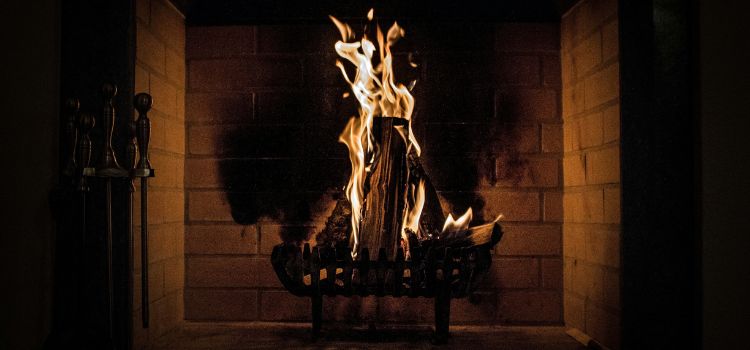
When determining the cost of an electric fireplace insert, consider factors like size, features, and brand reputation. To discover the most terrific deal, compare prices offered by different stores. Remember to factor in installation costs for a complete budget estimate.
If you want to add warmth and ambiance to your home, an electric fireplace insert can be a great option. These inserts are easy to install and can be a cost-effective way to heat your space. However, with so many options available, it can take time to choose the right one. Here are some tips to help you make the right choice.
Assessing Your Space
Before you start shopping, it’s essential to assess your space. Consider the size of the room where you’ll be installing the insert. You’ll want to choose an insert that’s the right size for your space. Additionally, think about the style of your room. You’ll want to select an insert that fits your room’s overall aesthetic.
Balancing Cost And Quality
When choosing an electric fireplace insert, balancing cost and quality is essential. You wish to charge more while spending your money wisely while maintaining quality. Look for a high-quality insert that’s within your budget. Additionally, consider the cost of installation. Some inserts are easy to install yourself, while others may require professional installation.
Choosing The Right Features
Finally, consider the features that are important to you. Do you want an insert with a realistic flame effect? Are you looking for an insert with adjustable heat settings? Do you want an insert with a remote control? Consider your priorities and choose an insert with the most essential features. Overall, choosing the right electric fireplace insert comes down to assessing your space, balancing cost and quality, and selecting the right features. With these tips in mind, you’ll be able to find the perfect insert to add warmth and ambiance to your home.
Maintenance And Longevity
Routine Care Instructions
Regularly clean the electric fireplace insert with a soft cloth to remove dust and debris.
Look for any damage to the wiring and ensure the connections are secure.
Keep the area around the insert clear of obstructions to prevent overheating.
Expected Lifespan Of Inserts
- Electric fireplace inserts typically last 10-15 years with proper maintenance.
- Quality inserts can provide reliable heat and ambiance for years to come.
- Regular inspections and servicing can extend the lifespan of the insert.
Concluding Thoughts
An electric fireplace insert typically costs between $200 to $1500, based on the brand, size, and amenities. It’s a cost-effective and energy-efficient alternative to traditional fireplaces, providing warmth and ambiance without a chimney or venting. Consider your budget and heating needs when choosing the right electric fireplace insert.
Making An Informed Decision
When considering acquiring an electric fireplace insert, Deciding wisely based on your unique situation is critical to heating needs and the features that will best suit your home. Consider the dimensions of the area that needs to be heated, the heating power of the insert, and any additional features such as adjustable flame settings, remote control operation, and energy efficiency ratings. By thoroughly researching and comparing different models, you can guarantee that your choice is well-informed and meets your heating requirements and aesthetic preferences.
Future Of Home Heating
The future of home heating is rapidly evolving with the advancement of electric fireplace inserts. As technology improves, these inserts become more energy-efficient, cost-effective, and environmentally friendly heating options for modern homes. With the ability to provide warmth and ambiance, electric fireplace inserts are poised to become a staple in home heating, offering a convenient and stylish alternative to traditional heating systems.
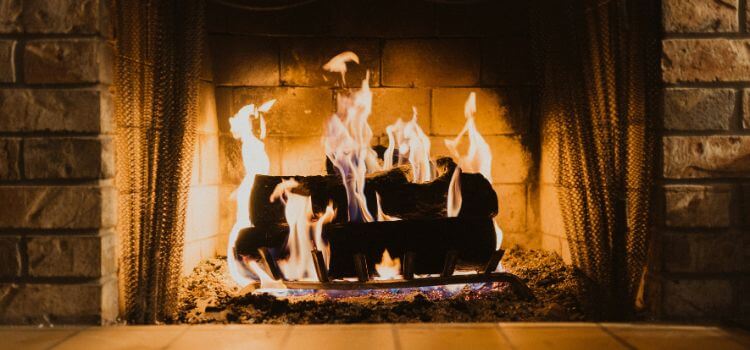
Frequently Asked Questions
Installing an electric fireplace typically costs $500 to $2,000, including labor and materials.
Yes, electric fireplace inserts are worth it. They are cost-effective, easy to install, energy-efficient, and provide a cozy ambiance without the hassle of traditional fireplaces. They also come in various styles and designs to fit any decor.
Indeed, it is possible to install an electric fireplace insert in an existing fireplace. It is a convenient and efficient way to upgrade your traditional fireplace.
Electric fireplace inserts are energy efficient and generally use less electricity than traditional fireplaces. The precise quantity of electricity consumed may differ. Based on the model and usage. Still, they are designed to be cost-effective and provide warmth without consuming much power.
Conclusion
Electric fireplace inserts are a cost-effective and efficient way to add warmth and ambiance to your home. With various prices and styles available, you can find the perfect insert to fit your budget and design preferences. Whether you’re looking for a cozy addition to your living room or a practical heat source for your bedroom, an electric fireplace insert can provide comfort and style to your space.




